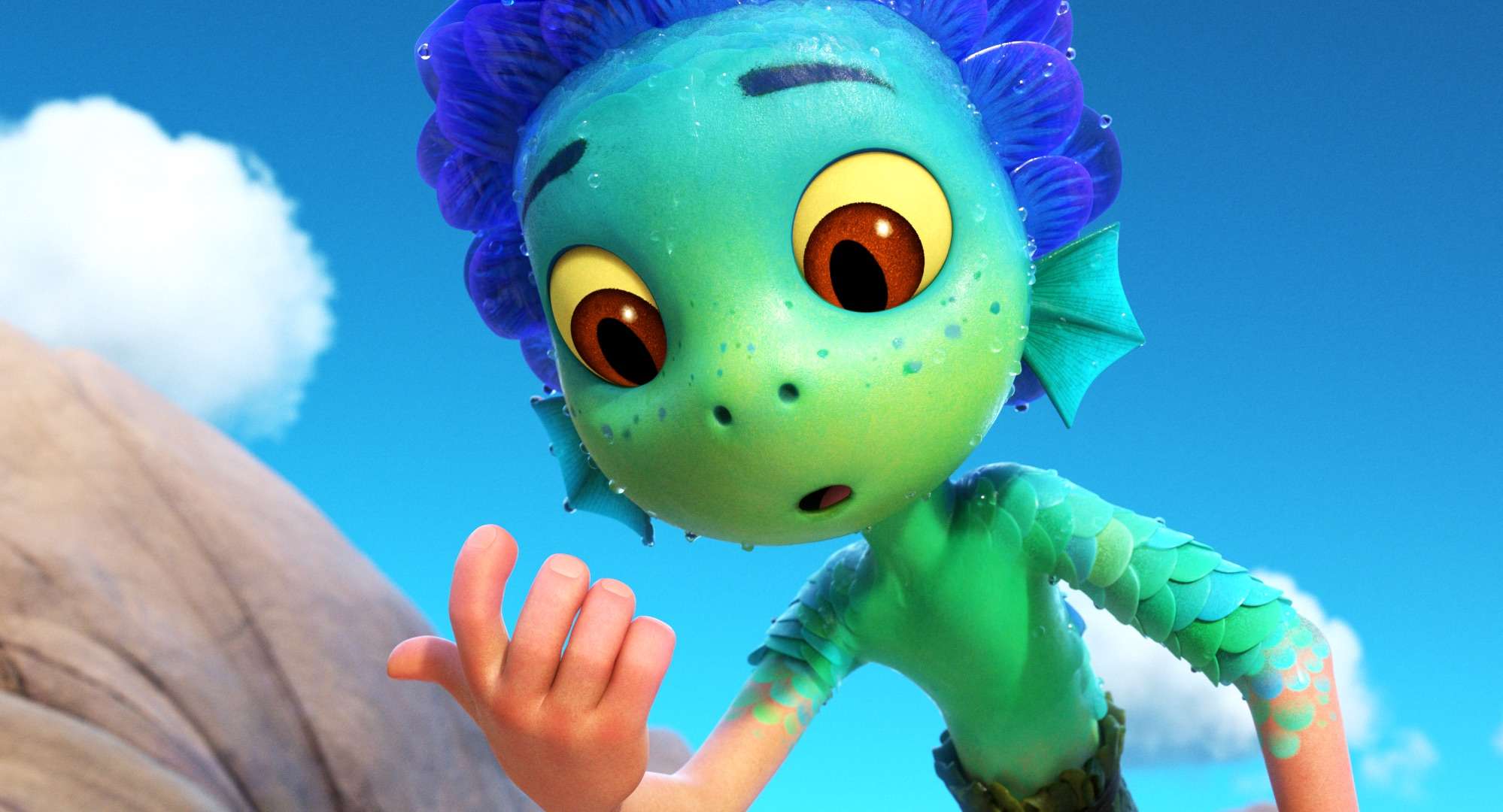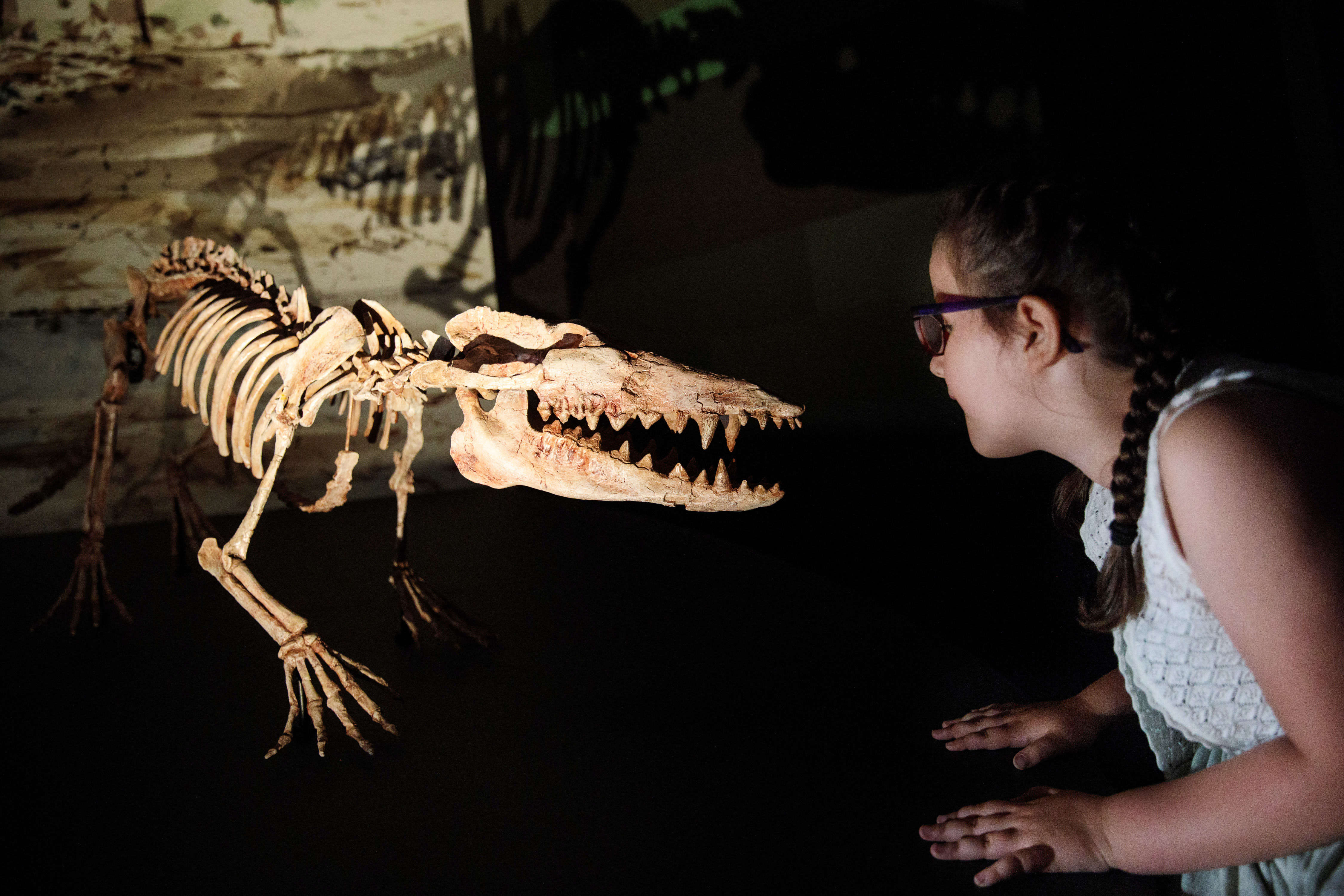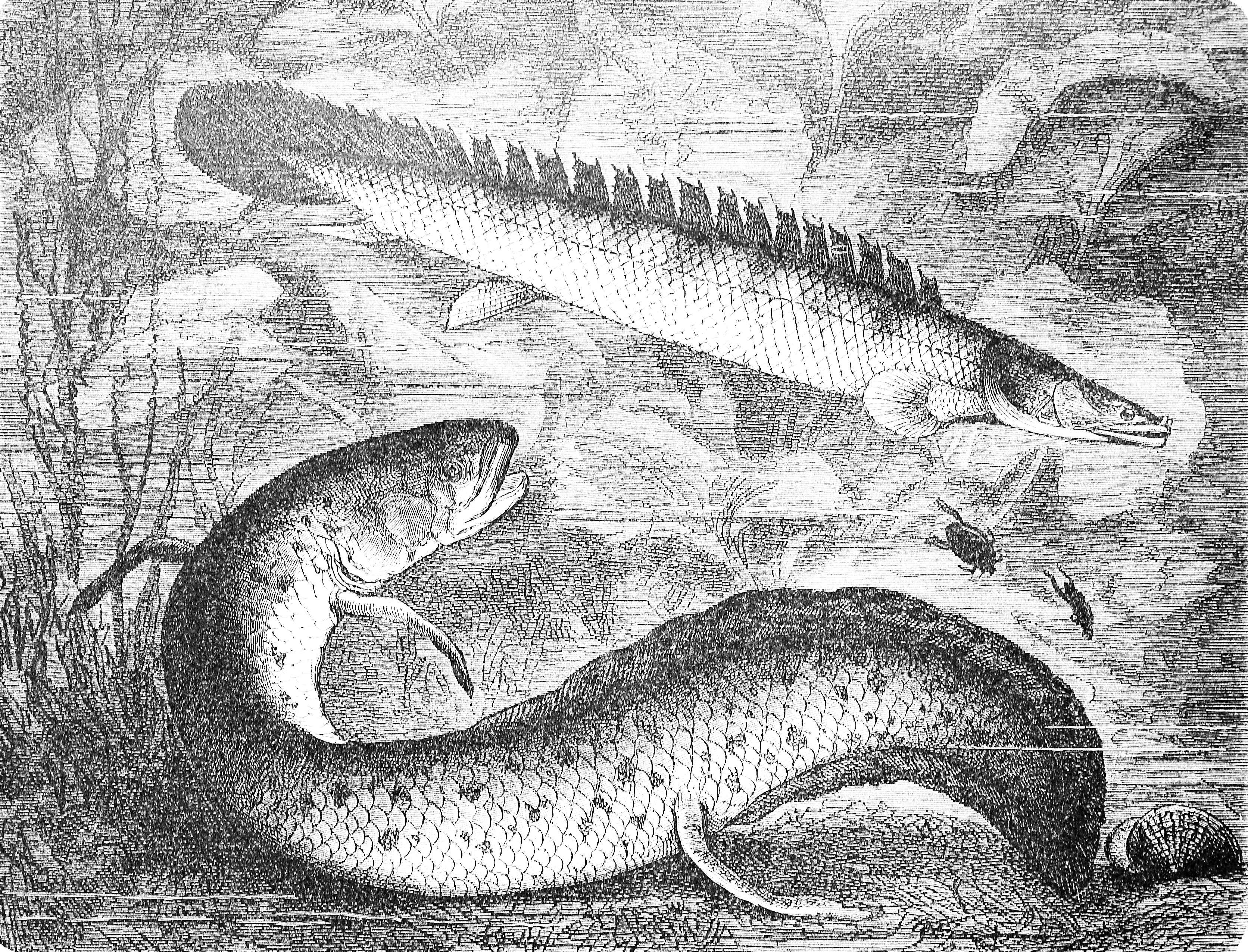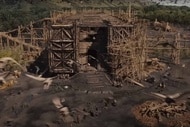Create a free profile to get unlimited access to exclusive videos, sweepstakes, and more!
From water to land and back again: The science behind Pixar's 'Luca'

Luca, the latest film from Disney-Pixar, is a story about being different, fitting in, and found family. The titular character, Luca Paguro, is a sea monster with the ability to shape-shift into human form when on dry land.
With the help of new friends Alberto and Giulia, he embarks on a quest to win a local race in order to earn enough money to buy a Vespa and see the world. The themes of Luca are all too real: The fear of not being accepted and finding yourself during those vulnerable early years. But those themes are couched in a fantastical version of our world, one inhabited by a society of sentient sea monsters just beneath the water’s surface.
What does Luca’s biology tell us about the type of creature he is, and are there any comparable real-world animals?
FROM SEA TO LAND AND BACK AGAIN
The ability of life to transition from water to land and back again is well-established. If you go back far enough in the fossil record, the ancestors of all land-dwellers emerged from the sea and occasionally a species will decide the whole legs thing is a bad idea and head back to the water.
For the first 1.5 billion years of life on Earth, things stayed pretty simple. Single-celled, prokaryotic life was all there was (at least so far as we can tell). Then one cell ate another and, instead of digesting it, they set up shop together. The smaller cell became mitochondria. This process repeated itself over time, lending new organelles to these increasingly complex cells and they eventually split into three distinct lines: the ancestors of all plants, fungi, and animals.
It would take approximately another billion years for multicellular life to evolve. Once this happened, things went into overdrive, at least on geologic timescales. For the next several hundreds of millions of years, the oceans were where the party is at. Invertebrates proliferated and vertebrates entered the scene.
There’s evidence that ancient arthropods like spiders, millipedes, and scorpions were crawling over dry land approximately 500 million years ago, well before our more direct ancestors. Of course, the path of evolution doesn’t travel in a straight line, but looking back at the fossil record we can thank animals like Tiktaalik for moving vertebrates onto land roughly 375 million years ago.
Tiktaalik exhibits a combination of characteristics typically consistent with both fish and land animals. It was scaly and had fins, but it also had a flat skull with eyes above, and forelimbs remarkably similar to modern terrestrial animals. It was, in short, precisely the sort of animal needed to move us out of the water.
In a stunning reversal of fortunes, however, that isn’t the end of the story. A little more than 300 million years later, mammalian descendants of Tiktaalik were still living their lives at the border between land and water.
Pakicetus was an amphibious cetacean living 56 to 41 million years ago. Picture something like a wolf living at the coastline, hunting small game and fish. Discovered in 1983, Pakicetus mirrors Tiktaalik in some ways, having the body of a land animal and a head similar to modern whales. Over time, the descendants of Pakicetus moved deeper into the waters. Their forelimbs returned to something more closely resembling flippers. Their nostrils migrated up their heads until, eventually, they would end up on their backs as blowholes.
Nature is filled with examples of animals transitioning from the water to land or vice versa. It’s just that it takes generations, instead of occurring within individuals. However, there are some animals that exist at the fringes today, capable of existing in both worlds as circumstances require.
OF TWO WORLDS — FROGS, TOADS, MUDSKIPPERS, AND LUNGFISH
Amphibians — frogs, toads, and salamanders, just to name a few — are the most readily apparent of modern animals which straddle the line between water and dry land. In frogs and toads, tadpoles are born entirely aquatic. Juveniles have gills and long tales, as well as specialized mouths and guts, equipped for consuming and digesting largely vegetation.
The transition to land happens relatively rapidly, with some portions occurring over the course of a day. Concentrations of thyroxin stimulate metamorphosis while prolactin counters it. The concentrations of each of these hormones dictate when and how metamorphosis occurs.
The gills are absorbed and replaced with lungs. The jaw and digestive system are restructured to the new, carnivorous diet. Limbs develop inside the body and break through the surface skin later on. Eventually, the tail is lost, and the frog emerges onto land. By this time, almost the whole of the body has changed since the moment the tadpole hatched.
The adult form of the frog is almost unrecognizable from its juvenile tadpole state, and, unlike Luca, there is no going back. This change is a one-way ticket to land.
Some fish, however, have a corner on both markets, having adapted to life both in the water and on land as needed.
Mudskippers are gobies hailing from the Indo-Pacific and they spend most of their life above water. When the tide recedes, these fish emerge to mudflats where they use specially adapted fins to pull themselves along the ground. Their eyes, like those of Tiktaalik, are situated atop their heads, giving them better visibility on land.
They’ve solved the breathing problem by trapping air in their gills and by absorbing oxygen through the skin. This is a tactic used by many land-dwelling fish. Some species have blood vessels only a micron beneath their skin, allowing for easy gas exchange without the need for gills or lungs.
In terms of adapting to the surface, the African lungfish completes one of the most impressive transformations. Lungfish have gills, but also take oxygen directly from the air via lungs, rising to the surface roughly every 30 minutes for a breath.
They spend a portion of each year living like most fish, completely underwater. But when the dry season comes and the water recedes, lungfish find themselves left in rapidly drying mud. They burrow beneath the surface and excrete mucus to create a sort of cocoon around themselves. The mucus hardens, maintaining moisture while letting air through. Lungfish then fall into a sort of hibernation while they wait for the waters to return. Sometimes they wait for years.
There’s nothing biological that prevents an animal like Luca from emerging onto land or even changing its body to better survive in its new environment. But, it’s unlikely they’ll be winning any bicycle races.
















